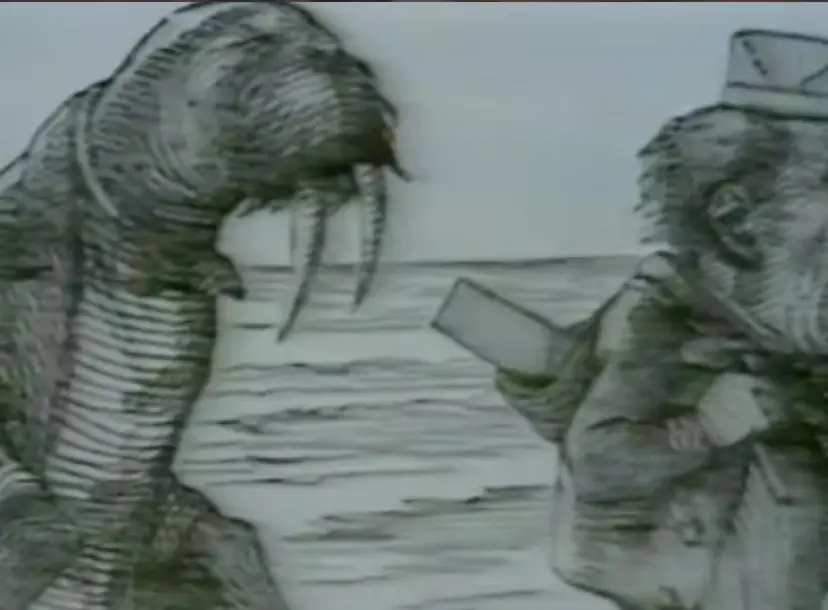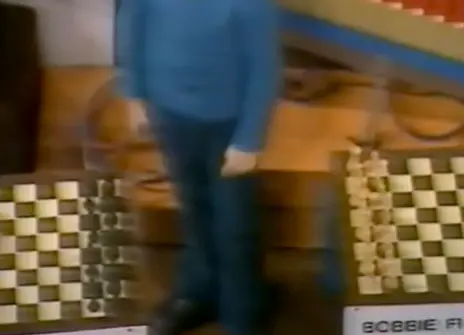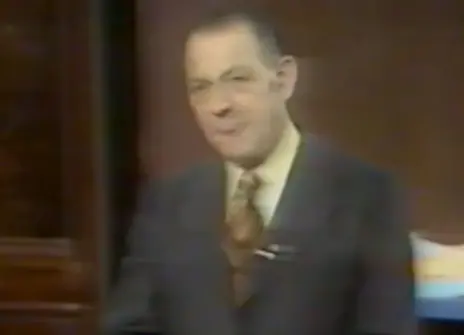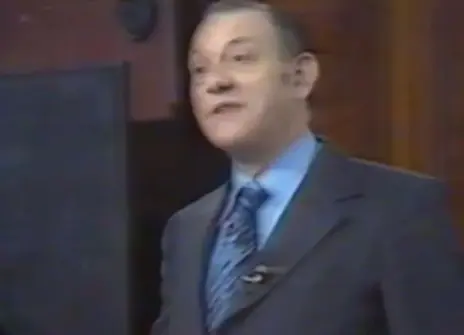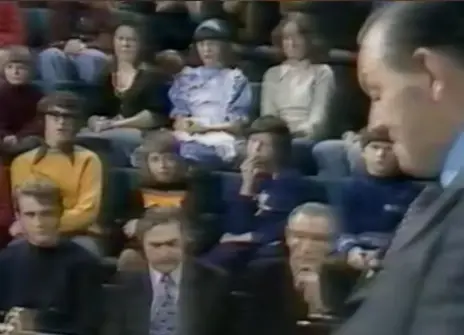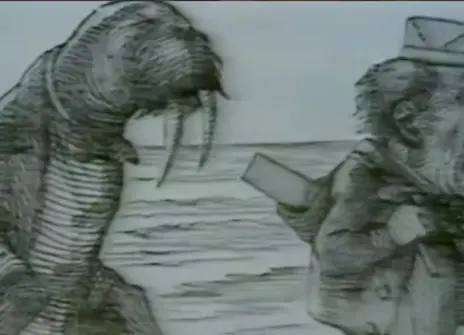Lecture 5 – The time has come the Walrus said
From the 1974 lecture programme:
"In his fifth lecture, Laithwaite uses the concept of analogies (fairy stories) as a way to explain complex topics in science.
"Laithwaite continues to explore the 'inertial world' with more spinning gyroscopes, magnetic springs and objects which 'fall upwards'. As a finale Laithwaite demonstrates the creation of a 'magnetic river' to exhibit his model of high speed transport using linear induction motors."
About the 1974 CHRISTMAS LECTURES
Professor Eric Laithwaite presents his second televised series of CHRISTMAS LECTURES exploring the world of engineering.
A sequel to his 1966 series, 'The Engineer in Wonderland', Laithwaite was the first person to present two series of Lectures on national television.
His overriding theme running through series is that "Science is exciting, curiosity its bait". Just as Lewis Caroll’s Alice peered down the rabbit hole and went through the mirror, Laithwaite describes the engineer’s target as the "seemingly impossible".
As he states in his programme notes: "There may be no crown at the end for those who step through the glass, as there was for Alice, but if the delight is there, the journey itself is the reward".
His five lectures explore the varied work of engineers across gravitation, inertia and electromagenitism, including the controversial fourth Lecture where Laithwaite used the behavioural gyroscopes in an attempt to challenge the validity of Newton’s Laws of motion and the laws of thermodynamics.
